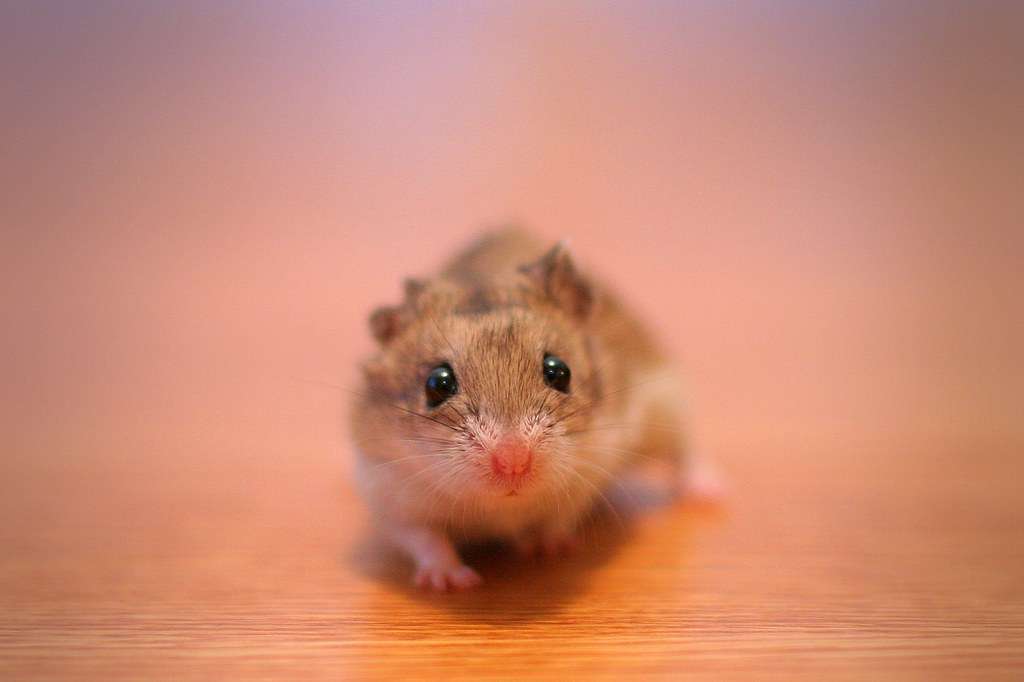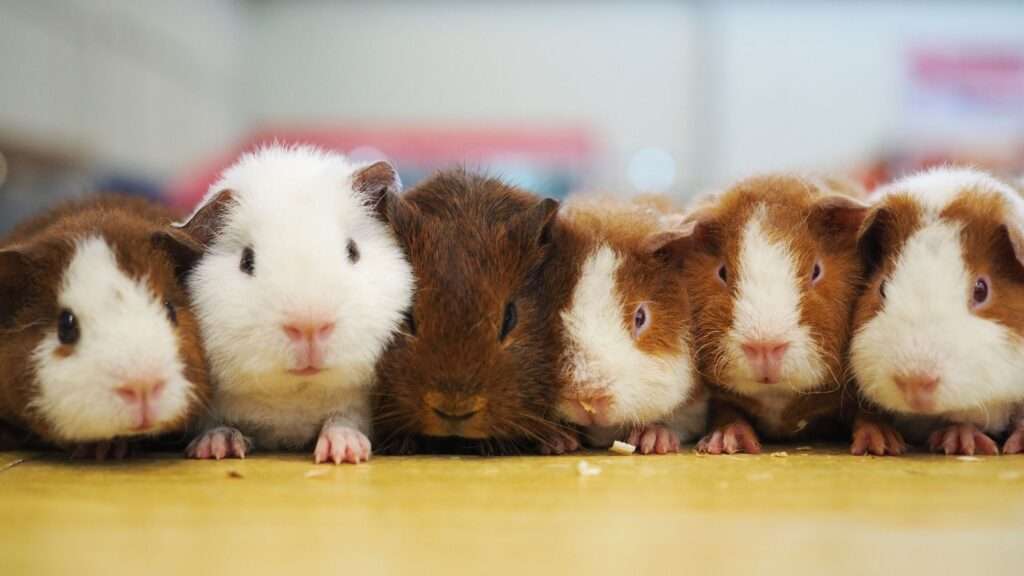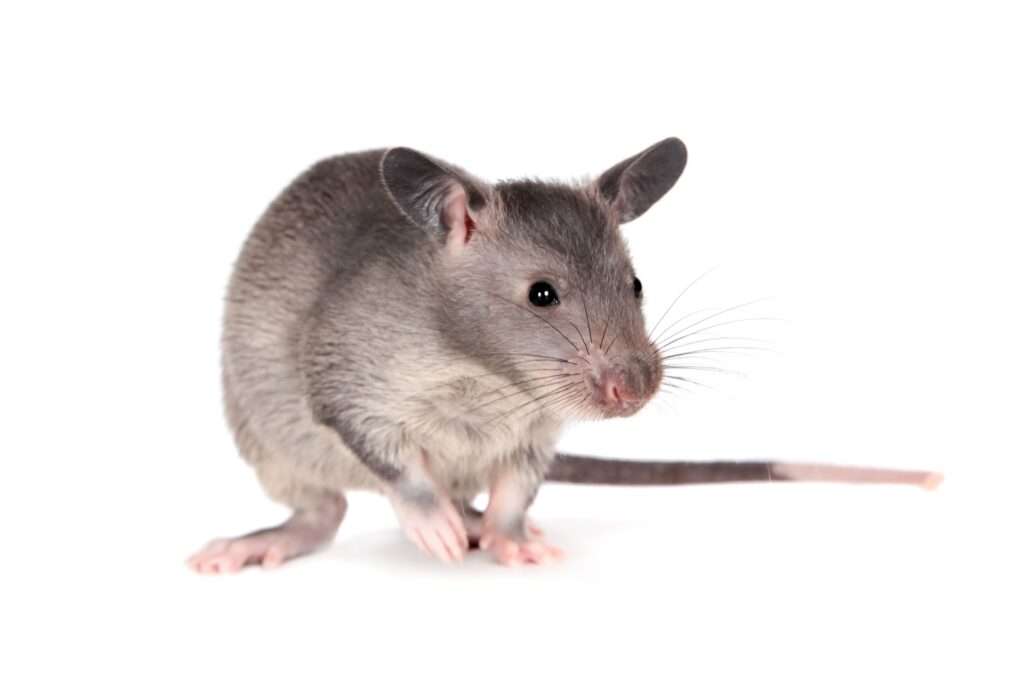
Chinese hamsters are small rodents native to China and Mongolia’s deserts. They are also known as Chinese striped hamsters or Chinese dwarf hamsters. They aren’t technically dwarf hamsters, but they got that name because of their small stature in comparison to other common pet hamsters like the Syrian hamster. They are dark with a black stripe along their back and a paler belly. They also have a longer tail than the majority of hamsters. These hamsters are relatively easy to care for as pets. They are normally placid and easy to train, though some can be shy and snappy. Furthermore, their habitat does not take up much space, and their diet is easily accessible in most pet stores.
Expected life span: 2 to 3 years
As Pet/ In Captivity
Behavior and Temperament
Chinese hamsters are nocturnal, which means they sleep during the day and are up at night. However, they may occasionally wake up during the day to feed and move around for a short period of time. Still, it’s preferable not to disturb a sleeping hamster.
If you’ve been handling these hamsters since they were small, they’re generally friendly and comfortable being held. Some can be frightened and snappy if they aren’t used to being handled. Furthermore, because they are small and fast, they might be difficult to control. When holding your hamster, it’s better to sit on the floor, as dropping it from even a few feet up might result in catastrophic injury.
Chinese hamsters will not form attachments to humans in the same way that a dog or cat might. If they get used to you, they may come to the side of their enclosure if you’re nearby.
Housing
Even though these hamsters are small, they require as large an enclosure as you can fit and afford. Because this is often their major area for play and exercise, adequate room is critical for their health. The cage should be at least 2 feet long, 1 foot broad, and 1-foot high.
Cages with a plastic base and wire top are common, as are glass or plastic aquariums. The wire cage will improve airflow, but make sure the bar spacing is narrow enough that your hamster cannot squeeze through it.

Eat and drink
Hamsters in the wild consume a diverse diet of seeds, grains, nuts, plants, and insects. In captivity, you can give your hamster vitamin and mineral-fortified commercial hamster food. Feeding amounts should be determined by the packaging. The majority of owners place a day’s worth of food in a tiny ceramic dish inside the enclosure. You can do this at any time of day because hamsters prefer to graze throughout the day and night rather than eat certain meals.
Water: Hamsters require constant access to clean water. A little animal water bottle affixed to the side of the enclosure is preferable over a water dish because it is more sanitary. However, before removing your hamster’s water dish, check sure it is constantly drinking from the bottle.
Exercise
A large enough enclosure with an exercise wheel should be enough to keep your hamster physically fit and prevent obesity and other health issues. You may also place your hamster in an exercise ball to allow it to roam freely outside of its enclosure. When it is outside the enclosure, always keep an eye on it.
Purchasing
A good breeder or rescue should be able to provide you with more detailed information about the animal’s origin, health, temperament, and care requirements. Expect to pay approximately $20, though this can vary depending on factors such as the age and tameness of the animal.
The Benefits and Drawbacks of Owning a Chinese Hamster as a Pet
Chinese hamsters are low-maintenance pets that don’t take up much space and don’t produce much noise. They can also be entertaining and engaging to watch. However, they are fairly vulnerable animals that must be handled with care. Because they are nocturnal, they may not be active during your waking hours.
Table





